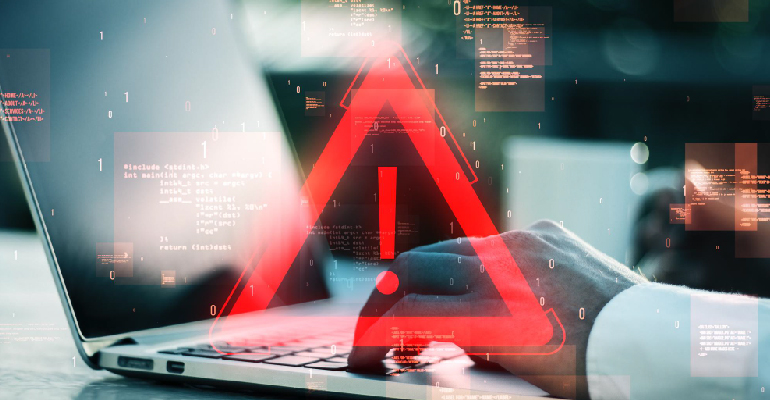Vulnerability Assessment and Penetration Testing (VAPT) has become an essential practice for organizations aiming to secure their digital assets. However, identifying vulnerabilities is only half the battle; the real challenge lies in addressing them effectively. This is where vulnerability remediation comes into play. It is the critical step that turns insights from VAPT into actionable improvements, ensuring a fortified security posture.
Understanding the Post-VAPT Process
After conducting a comprehensive VAPT, organizations receive a detailed report highlighting vulnerabilities, their severity, and potential impacts. This report serves as a blueprint for remediation efforts. However, many organizations falter at this stage due to a lack of resources, expertise, or prioritization. Without remediation, even the most insightful VAPT results remain theoretical, exposing systems to potential threats.
Why is remediation integral to achieving a secure environment?
Vulnerability remediation ensures that the identified weaknesses are systematically addressed. By closing these gaps, organizations not only comply with regulatory requirements but also significantly reduce the risk of exploitation. This step is crucial for maintaining trust with customers, partners, and stakeholders who rely on the organization’s commitment to security.
What Is Vulnerability Remediation?
Vulnerability remediation is the process of identifying, assessing, and resolving security vulnerabilities in systems, applications, networks, or devices to prevent exploitation by threat actors. It is a critical step following vulnerability assessments or penetration testing (VAPT), ensuring that discovered weaknesses are effectively addressed. Vulnerability remediation goes beyond simply fixing identified issues; it involves understanding the root cause of vulnerabilities, implementing solutions, and continually monitoring systems to prevent future risks.
Effective vulnerability remediation involves several key steps:
Key Reasons Why Vulnerability Remediation is Critical Post-VAPT
- Preventing Exploitation: Cybercriminals can exploit unaddressed vulnerabilities to gain unauthorized access, disrupt operations, or steal sensitive data.
- Compliance Requirements: Regulatory frameworks like GDPR, HIPAA, and PCI DSS mandate organizations to address identified vulnerabilities promptly to avoid hefty fines and penalties.
- Protecting Reputation: A breach resulting from ignored vulnerabilities can damage customer trust and tarnish an organization’s reputation.
- Enhancing Security Posture: Regular remediation improves the overall resilience of the organization’s infrastructure against evolving threats.
- Cost Efficiency: Proactively addressing vulnerabilities is more cost-effective than dealing with the fallout of a security breach.
Challenges in Vulnerability Remediation
- Volume of Vulnerabilities: Organizations often face overwhelming numbers of vulnerabilities, making it difficult to prioritize and remediate effectively.
- Limited Resources: Lack of skilled personnel, time, or budget can hinder timely remediation efforts.
- Complexity of Systems: Modern IT environments involve interconnected systems, where resolving one vulnerability might create new challenges or dependencies.
- Lack of Prioritization: Without a clear risk assessment framework, organizations may fail to address the most critical vulnerabilities first.
- Change Management: Implementing patches or updates can disrupt operations if not planned and executed carefully.
Best Practices for Effective Vulnerability Remediation
How StrongBox IT Can Help with Vulnerability Remediation?
StrongBox IT offers comprehensive vulnerability remediation services to help organizations secure their IT infrastructure effectively. Key features of our services include:
- Expert Analysis: Our certified professionals analyze identified vulnerabilities and provide actionable insights.
- Risk-Based Prioritization: We help organizations prioritize vulnerabilities based on severity, impact, and business context.
- Tailored Remediation Plans: Customized strategies ensure that vulnerabilities are addressed in alignment with your operational needs.
- End-to-End Support: From identification to verification, we guide you through every step of the remediation process.
- Ongoing Monitoring: StrongBox IT provides continuous monitoring to identify and address new vulnerabilities proactively.
- Compliance Assistance: Our solutions ensure adherence to industry regulations, minimizing compliance risks.
Conclusion
Vulnerability remediation is a cornerstone of a robust cybersecurity strategy. Ignoring vulnerabilities can lead to devastating consequences, including data breaches, financial losses, and reputational harm. By adopting best practices and partnering with experts like StrongBox IT, organizations can effectively mitigate risks and strengthen their security posture. Proactive remediation not only safeguards assets but also instills confidence among stakeholders, ensuring long-term business success.





